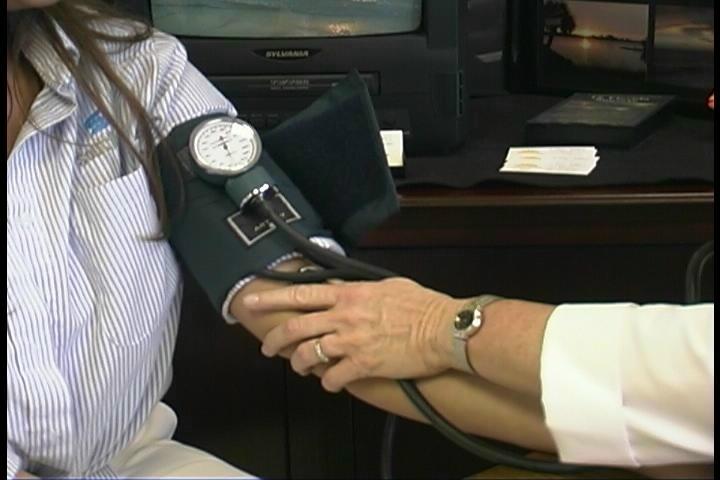--normally, standing leads to a small fall in systolic BP (5 to 10 mmHg), an increase in diastolic BP (5 to 10 mmHg) and a compensatory increase in pulse rate (10 to 25 beats per minute)
- > 20 mmHg decreased SBP
- > 10 mmHg decreased DBP
- Symptoms of cerebral hypoperfusion
--also seen:
- >20 increased HR
NOT TOO USEFUL:
--study of 132 random, presumed euvolemic ED patients
--took lying & standing vitals
--HR range was from decreases 5.0 to increases 39.4 beats per minute
--SBP range was decreases 20 to increases 25.7 mm Hg
--DBP range was decreases 6.4 to increases 24.9 mm Hg
--43% had "positive" orthostatic vital signs according to currently accepted values
TO REITERATE:
--43% of likely euvolemic random ED patients had +orthostatic vitals by numbers
--43% suspected false positive, essentially
--probably not a useful test, this orthostatic vital signs thing

Nice post.Thank for share, you can read more about Orthostatic Vital Signs at here.
ReplyDelete